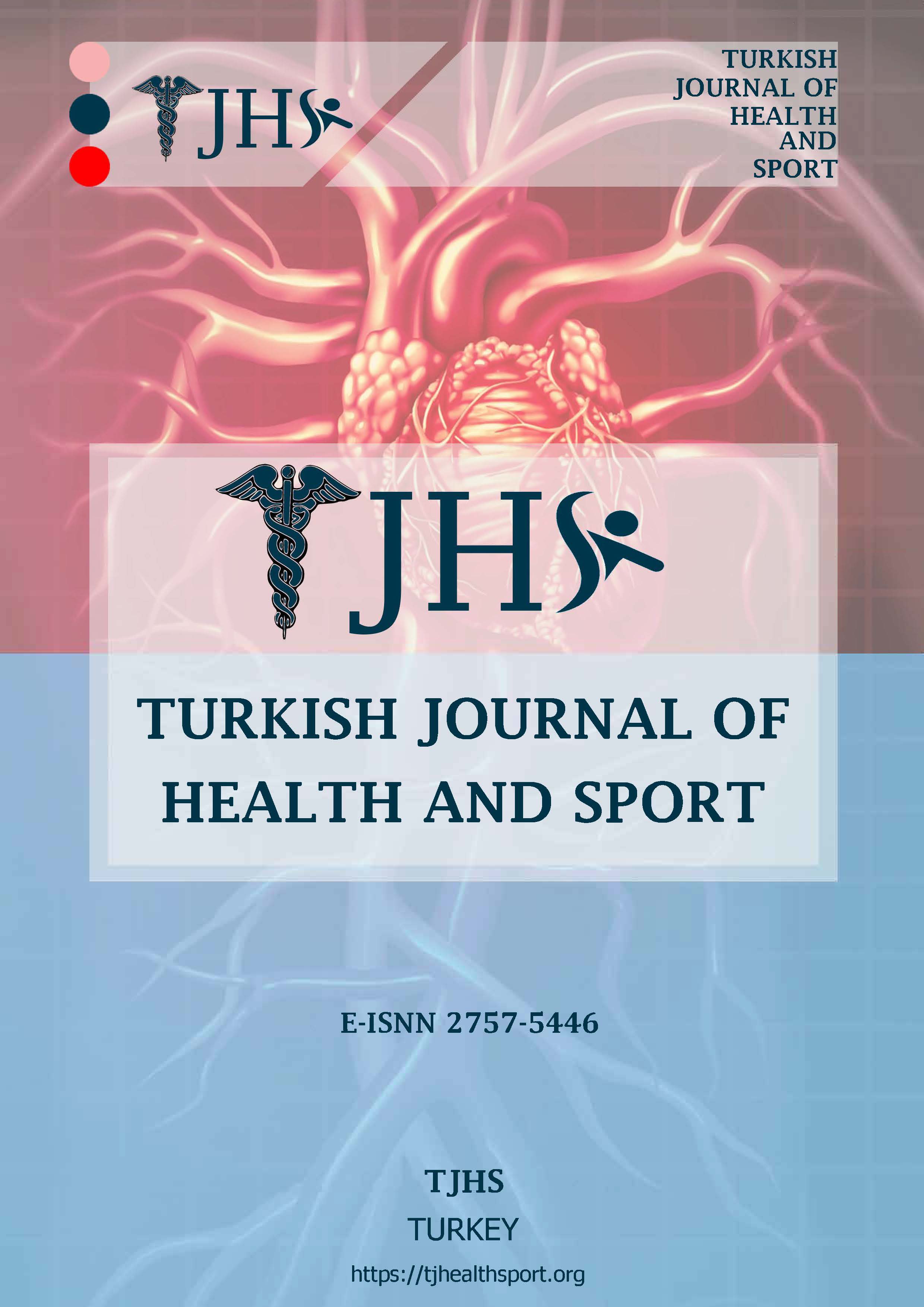Author :
Abstract
This study was planned to evaluate gait differences in healthy adolescents with adolescent idiopathic scoliosis (AIS). In addition, it was aimed to evaluate the correlation between gait parameters and other variables of patients with AIS. Forty adolescent individuals were included in the study. While 20 of these individuals were patients with AIS, 20 were healthy adolescents. In this study, gait analysis of each case was evaluated with Biodex Unweighing System (Inc. Shirley, USA), spinal deformity perceptions with Walter Reed Visual Assessment Scale (WRVAS), self-perception of trunk deformity with Trunk Appearance Perception Scale (TAPS) , quality of life with Scoliosis Research Society-22 (SRS-22), and fear of movement was assessed with the Tampa Scale of Kinesiophobia (TSK). According to the results of our study; Compared to the healthy control group, subjects with AIS have been shown to differ significantly, they had shorter duration of standing on one leg (p=0.028), shorter mean stride cycle (p=0.003), longer mean right stride length (p= 0.035), longer mean left stride length (p=0.039) and worse ambulation indices (p=0.036). In addition, statistically significant correlations were found between Cobb angle and WRVAS and TAPS in the group with AIS, and between walking speed and age, One Leg Standing Time, TSK and stride cycle (p<0.05). As a result, it was determined that some gait parameters of patients with AIS showed deviations from normal when compared to healthy adolescents.
Keywords
Abstract
This study was planned to evaluate gait differences in healthy adolescents with adolescent idiopathic scoliosis (AIS). In addition, it was aimed to evaluate the correlation between gait parameters and other variables of patients with AIS. Forty adolescent individuals were included in the study. While 20 of these individuals were patients with AIS, 20 were healthy adolescents. In this study, gait analysis of each case was evaluated with Biodex Unweighing System (Inc. Shirley, USA), spinal deformity perceptions with Walter Reed Visual Assessment Scale (WRVAS), self-perception of trunk deformity with Trunk Appearance Perception Scale (TAPS) , quality of life with Scoliosis Research Society-22 (SRS-22), and fear of movement was assessed with the Tampa Scale of Kinesiophobia (TSK). According to the results of our study; Compared to the healthy control group, subjects with AIS have been shown to differ significantly, they had shorter duration of standing on one leg (p=0.028), shorter mean stride cycle (p=0.003), longer mean right stride length (p= 0.035), longer mean left stride length (p=0.039) and worse ambulation indices (p=0.036). In addition, statistically significant correlations were found between Cobb angle and WRVAS and TAPS in the group with AIS, and between walking speed and age, One Leg Standing Time, TSK and stride cycle (p<0.05). As a result, it was determined that some gait parameters of patients with AIS showed deviations from normal when compared to healthy adolescents.





